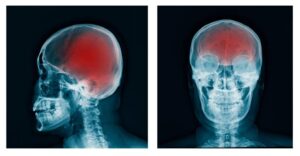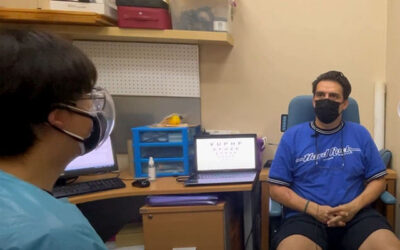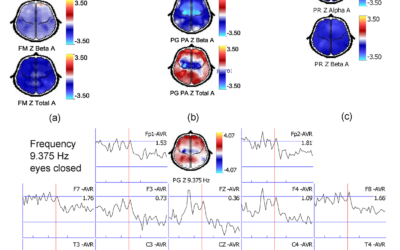In Malaysia, traumatic brain injury (TBI) is a leading cause of mortality, particularly among children and adults under 45 years of age. Data from 2011 indicates that car accidents were responsible for approximately 80% of TBIs in 2009, predominantly affecting males (87%) and individuals aged 15-24 (34%). On average, 25 of the 276 ICU beds in government hospitals are occupied by TBI patients daily.
Concussions, a common form of TBI, result from head impacts causing rapid skull movements. These can lead to Post Trauma Vision Syndrome (PTVS), which impairs visual function and information processing, leading to symptoms like dizziness, eye coordination problems, attention difficulties, eye tracking issues, headaches, or migraines.
Concussion Causes:
- Head impacts.
- Violent head movements from body hits.
- Accidents.
- Physical contact sports.
Symptoms of PTVS:
- Reduced reading abilities due to eye tracking and coordination issues.
- Dizziness, balance problems, or vertigo, affecting vestibular integration.
- Headaches or migraines triggered by visual stimuli.
- Ocular motor dysfunction, causing inaccurate eye tracking and poor eye-hand coordination.
- Binocular dysfunction, hindering activities like reading or driving.
- Convergence insufficiency, affecting near-distance vision.
- Accommodative dysfunction, where lens focus or brain control of the lens is impaired.
Treatment involves Neuro-Optometric Vision Rehabilitation, which teaches patients to control eye movements, improve brain-eye coordination, and process visual and vestibular information effectively, thus alleviating symptoms.
For more information and visual insights, you can watch related videos on YouTube or refer to the detailed articles linked for further reading.




